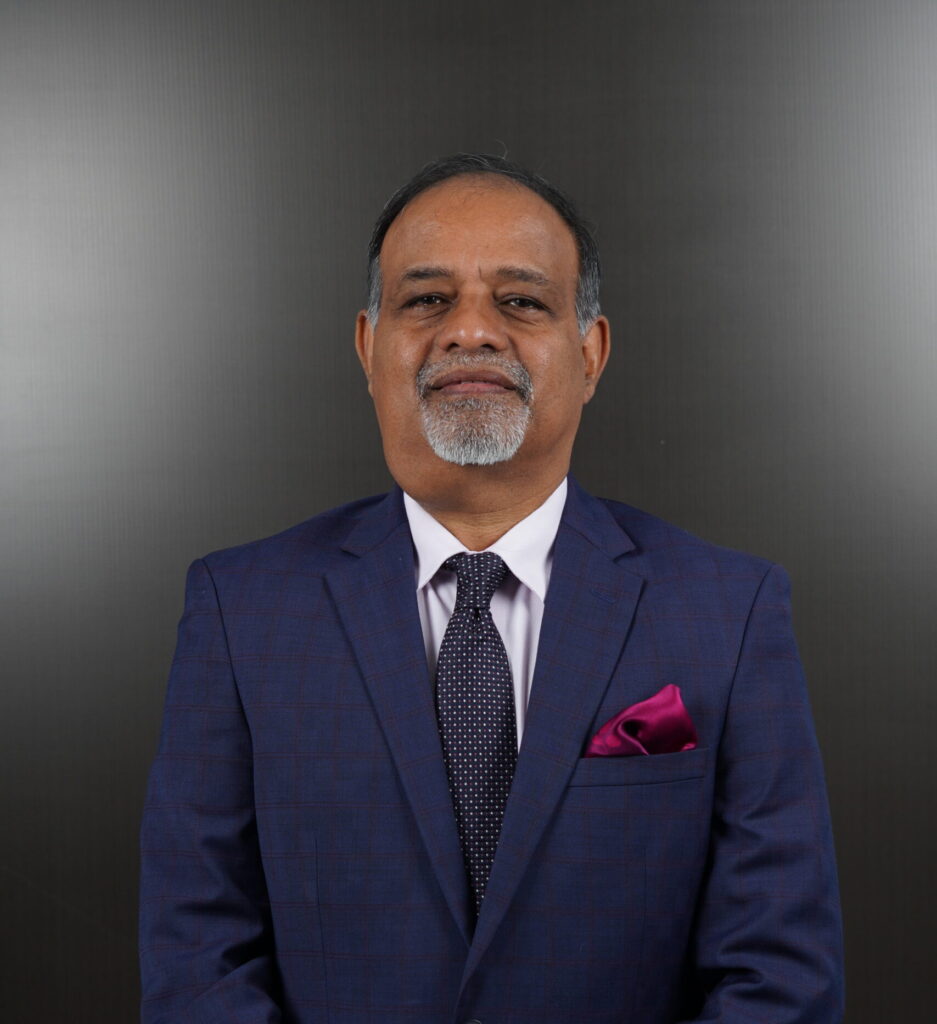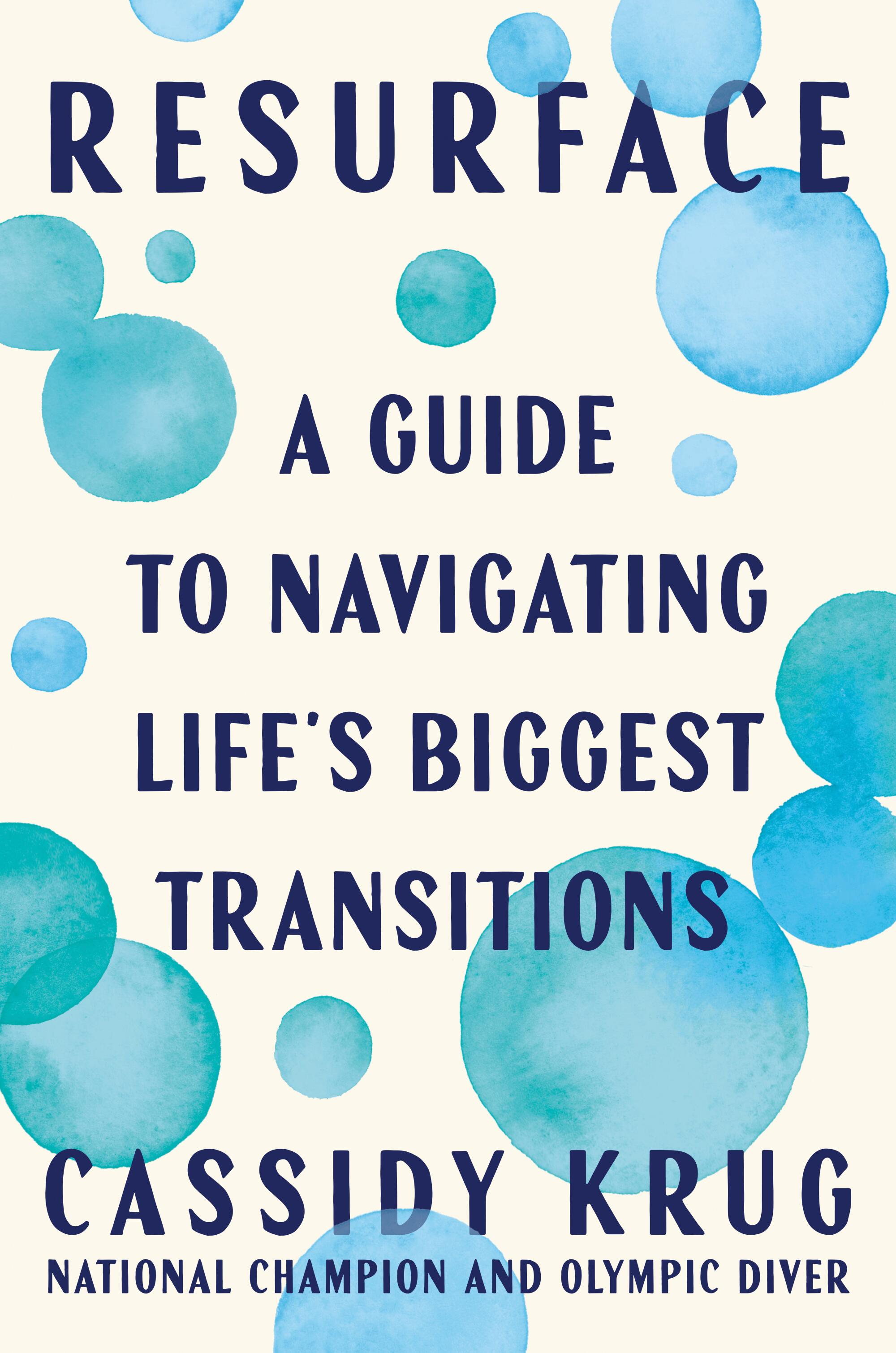Intellect drives transformation certainty and business impact for global banks
Rajesh and Akash share how Intellect supports banks and financial institutions in achieving full digital transformation, navigating global uncertainties, improving cost efficiency, and staying on schedule.
GF: What specific challenges do banks face in their digital transformation initiatives?
Rajesh Saxena: When you look at digital transformation and large-scale transformation, I think the most important aspect is that it has to be driven right from the top – the board, the management and the CEO have to be totally vested in this for it to be successful. Sometimes we see a misalignment from that perspective and that leads to problems.
The second thing is that it involves a lot of legacy platforms, interfaces with external ecosystem and data migration. That could sometimes be a challenge.
The third thing we have noticed is that, in many cases, when the bank or the financial institution starts the transformation, they are looking to adapt, but as we go through the process, they want the new system to look exactly the same as the old one, and that can create issues.
Finally, banks have to realise that large-scale transformations require a dedicated team. Sometimes they don’t have a team, and sometimes they do, but that team is also doing other activities. That inadequate focus can also result in challenges.

GF: Could you provide us with specific examples of how Intellect has been able to help banks overcome challenges and implement their digital strategies?
Rajesh Saxena; Our delivery framework has really improved over the years. Our starting point is design thinking, first principles thinking, and systemic thinking. This helps us really understand the customer’s requirement, both stated and, more importantly, his unstated needs. Then our products are built on the latest architecture. We call it eMACH.ai which stands for events, microservices, API, cloud and headless – with artificial intelligence built into it. This underlying architecture allows banks to have composability, extensibility and integration via APIs.
We have also realised that when you’re doing a large transformation, you need a team of people very close to the customer and in the same location. So our model is local delivery with a team on the ground, while our factory stays in India. Recently, we successfully launched several projects: we went live with the Central Bank of Seychelles, implementing our eMACH.ai Core Banking system; we partnered with Faisal Islamic Bank of Egypt for the implementation of eMACH.ai DEP; and we collaborated with First Abu Dhabi Bank to implement our eMACH.ai Lending solution. Those are just a few projects where we’ve been able to deliver business impact to the bank.
GF : You spoke about unstated needs. How can you identify and target the clients’ unstated needs?
Rajesh Saxena: Understanding the unstated needs of clients and the industry is crucial and requires deep domain expertise combined with a focus on human-centered solutions. Design thinking provides a structured approach to asking the right questions, allowing us to uncover these hidden needs. At Intellect, we have established a 30,000-square-foot design center at our headquarters in Chennai, India. We invite our prospects and clients to participate in various design thinking sessions held in this space. During these sessions, we encourage discussions, analyze patterns and anti-patterns, and apply prioritization theories to identify both the stated and unstated needs of our clients.
GF: How can Intellect’s distinctive delivery model ensure that digital transformation projects get delivered on time and within budget?
Akash Gupta: We have built our delivery model around two approaches which we call space and speed. Speed stands for Sprint-based eMACH enabled delivery while Space stands for Secure, Predictable, Assured, Complete, eMACH enabled delivery. These methods give us flexibility to match the execution style to what the bank really needs. Large transformational projects typically go through the space methodology, whereas the quick delivery models, or digital ones, will go through a speed execution model. In the speed model, we are not starting from scratch; we have a ready suite of offerings for the customer with a very flexible architecture, the eMACH.ai. Hence the development efforts are lower and the costs are also very predictable.

We also keep our governance very tight with monthly, sometimes fortnightly, steering committee meetings. These meetings take place between the customers’ teams and our teams to ensure good progress and it allows for risks to be visible very early in the program.
On the execution methodology, we follow Agile and DevOps, so there is continuous integration and development. It’s a sprint-based approach, so we get a view of the delivery very early in the program, and things take place in an accelerated manner.
A very good example of this was a few years ago when we helped a new African digital bank go live on our core platform in just 16 weeks. Usually, it takes a bank a year to a year and a half.
Finally, I would say we continuously monitor cost, schedule, effort and risk. This enforces discipline and helps us deliver projects in a timely manner and within budget. This ensures us to offer Delivery certainity to our customers from Time, Cost and quality perspective.
GF: You spoke about cost. How can Intellect manage cost controls while meeting overall project goals?
Akash Gupta: We are dealing with banks that must face global uncertainties, and to them, two things matter: cost visibility upfront and the support post “go-live”. So, we have a very transparent pricing methodology. We give the banks the pricing down to the feature level so they can choose and pick what they really need. They don’t have any hidden surprises.
But beyond pricing, really matters is the relationship. For us, it’s not just “deliver and walk away” and here I’ll give you an example: Last year we had a bank in Zimbabwe that was going to go live with our core banking transformation and four days before, the government announced a currency change. We were able to seamlessly migrate them to the new currency with no glitches. This is something even the established banks in that market were not able to achieve. It was like doing an open-heart surgery! So, clear pricing and long-term relationship-based support are what keep us going with those kinds of uncertainties.
GF: Tell us about the continuity of operations, any examples from the advanced markets?
Akash Gupta: One of the largest e-commerce companies in Europe, offers short-term loans to its online customers. The company utilized our core banking and lending solutions, enabling the business unit to implement a comprehensive Credit Lifecycle Management system. This system features fully automated processes from loan origination to maturity, instant updates for customers and partners, flexible product configuration, and a scalable AWS EKS and Fargate infrastructure for cost-effective, on-demand scaling.
During Black Friday, the company processes close to a million loans in a single day, highlighting the importance of having scalable solutions to meet such high demand. They have achieved success year after year with our solution. This is just one of many examples of how our customers across Asia, Africa, the Middle East, Europe, and the Americas have transformed into secure, sustainable, and future-ready financial organizations.







